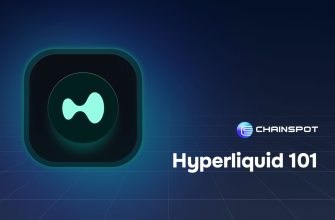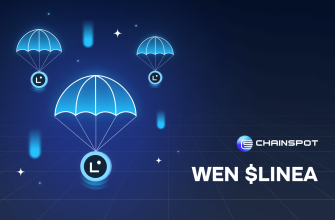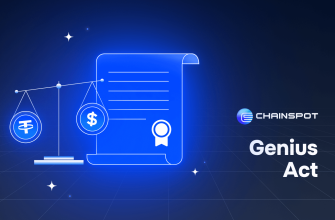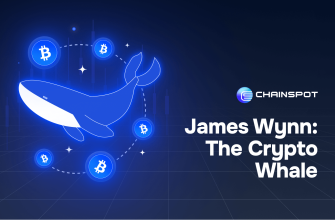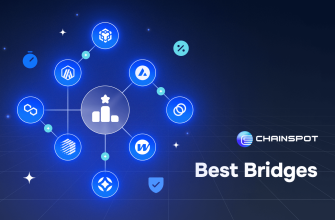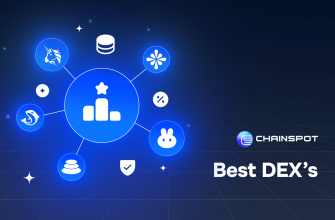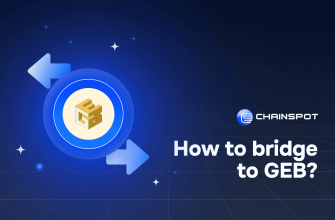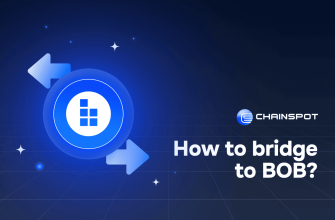GameFi, a blend of “game” and “finance,” represents the intersection of decentralized finance (DeFi) and gaming. It leverages blockchain technology to create a new gaming ecosystem where players can earn real-world value through in-game activities. This innovative model has the potential to transform the gaming industry by providing players with economic incentives and creating entirely new revenue streams.
This article explores the concept of GameFi, its applications, and examples of leading companies in the field.
Understanding GameFi
At its core, GameFi integrates blockchain technology with gaming, creating a decentralized and transparent environment where players can earn cryptocurrency and other digital assets.
Unlike traditional gaming, where players spend money on in-game items and do not gain any tangible returns, GameFi allows players to own, trade, and monetize in-game assets. These assets often come in the form of non-fungible tokens (NFTs), which are unique digital items that can represent characters, equipment, or even virtual real estate.
Key Components of GameFi
- Blockchain Technology: GameFi platforms are built on blockchain, ensuring transparency, security, and true ownership of digital assets. Popular blockchains for GameFi include Ethereum, Binance Smart Chain, and Solana.
- Cryptocurrency: Players earn cryptocurrency by participating in various in-game activities. These cryptocurrencies can be traded on exchanges for fiat money or other digital assets.
- Non-Fungible Tokens (NFTs): NFTs play a crucial role in GameFi. They represent unique in-game assets that players can buy, sell, or trade on various NFT marketplaces.
- Decentralized Finance (DeFi): DeFi mechanisms such as staking, lending, and yield farming are often integrated into GameFi platforms, providing players with additional ways to earn and invest their earnings.
Applications of GameFi
GameFi offers numerous applications that benefit both players and developers:
- Play-to-Earn (P2E): This model allows players to earn cryptocurrency by playing games. For example, completing missions, winning battles, or achieving high scores can result in rewards.
- NFT Trading: Players can buy, sell, and trade NFTs representing in-game assets. This creates a secondary market for digital goods, adding another layer of economic activity to gaming.
- Virtual Real Estate: In some GameFi platforms, players can buy, develop, and sell virtual land. These digital properties can increase in value, similar to real-world real estate.
- Community Governance: Many GameFi projects incorporate decentralized governance, allowing players to vote on game development decisions. This democratizes the gaming experience and gives players a voice in the game’s future.
Leading Companies in GameFi
Several companies and platforms are at the forefront of the GameFi revolution, each bringing unique offerings to the table:
1. Axie Infinity
Axie Infinity is one of the most popular GameFi platforms. Developed by Sky Mavis, it allows players to collect, breed, and battle creatures called Axies. Players earn the in-game cryptocurrency, Smooth Love Potion (SLP), which can be traded on exchanges. Axie Infinity has attracted millions of players worldwide and has become a model for other GameFi projects.
2. Decentraland
Decentraland is a virtual reality platform where players can purchase, develop, and sell virtual real estate. Built on the Ethereum blockchain, Decentraland uses its native token, MANA, for transactions. Players can create unique experiences, host events, and monetize their virtual properties.
3. The Sandbox
The Sandbox is a community-driven platform where players can create, own, and monetize their gaming experiences using NFTs and the SAND token. It provides tools for game designers to build and share their games within the platform, fostering a vibrant ecosystem of user-generated content.
4. Gala Games
Gala Games focuses on giving players control over their in-game assets. It offers a range of blockchain-based games where players can earn and trade NFTs. Gala Games’ decentralized approach aims to empower players and create a more rewarding gaming experience.
5. Gods Unchained
Gods Unchained is a free-to-play tactical card game that gives players true ownership of their in-game items by using NFTs on the Ethereum blockchain and Immutable X. The game focuses on competitive play, which means players must strategically outsmart their opponents by building decks that are able to combat a wide variety of tactics.
The Future of GameFi
The potential of GameFi is immense, with several key trends likely to shape its future:
- Mainstream Adoption: As blockchain technology becomes more accessible and user-friendly, GameFi is expected to attract a broader audience, including mainstream gamers who are currently unfamiliar with cryptocurrency and NFTs.
- Interoperability: Future GameFi platforms may emphasize interoperability, allowing assets and tokens to be used across multiple games and platforms. This would enhance the value and utility of in-game assets.
- Enhanced Gameplay: GameFi projects will continue to innovate in terms of gameplay, offering more engaging and immersive experiences. The integration of virtual reality (VR) and augmented reality (AR) could further enhance the gaming experience.
- Regulatory Developments: As the GameFi sector grows, it will likely face increased regulatory scrutiny. Clear guidelines and regulations will be necessary to ensure the sustainability and legality of GameFi projects.
Conclusion
GameFi represents a revolutionary shift in the gaming industry, combining the entertainment of gaming with the financial opportunities of DeFi and NFTs. Leading platforms like Axie Infinity, Decentraland, and The Sandbox are pioneering this new frontier, offering players unprecedented ways to earn and interact with digital assets.
As the technology matures and adoption increases, GameFi has the potential to redefine the gaming landscape, making it more inclusive, rewarding, and innovative.





